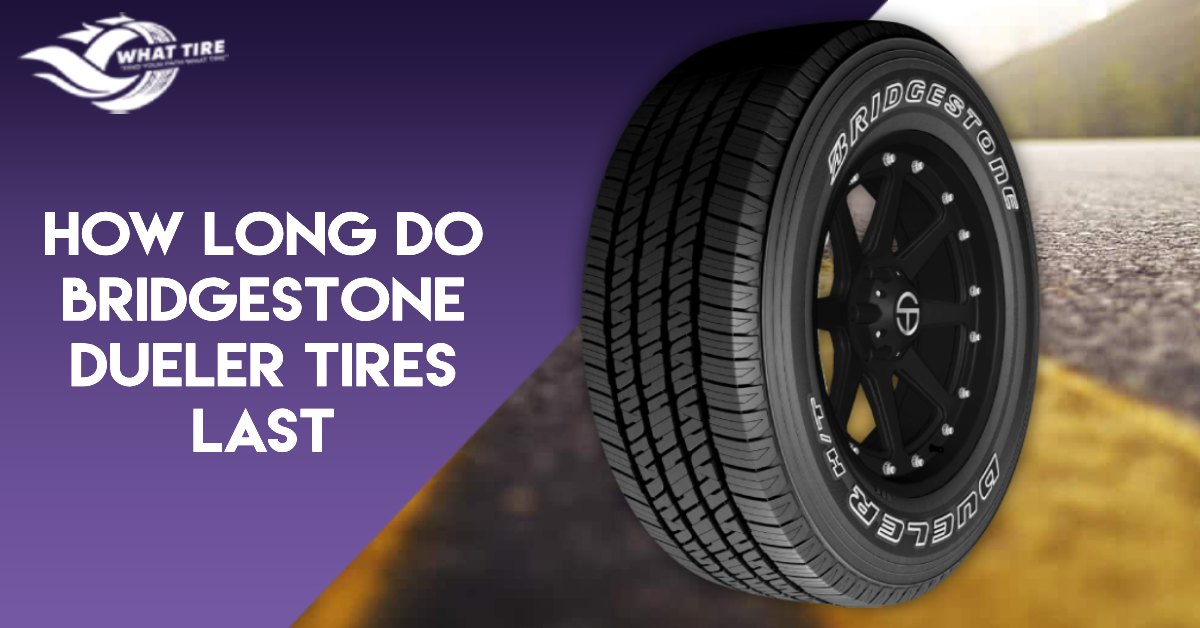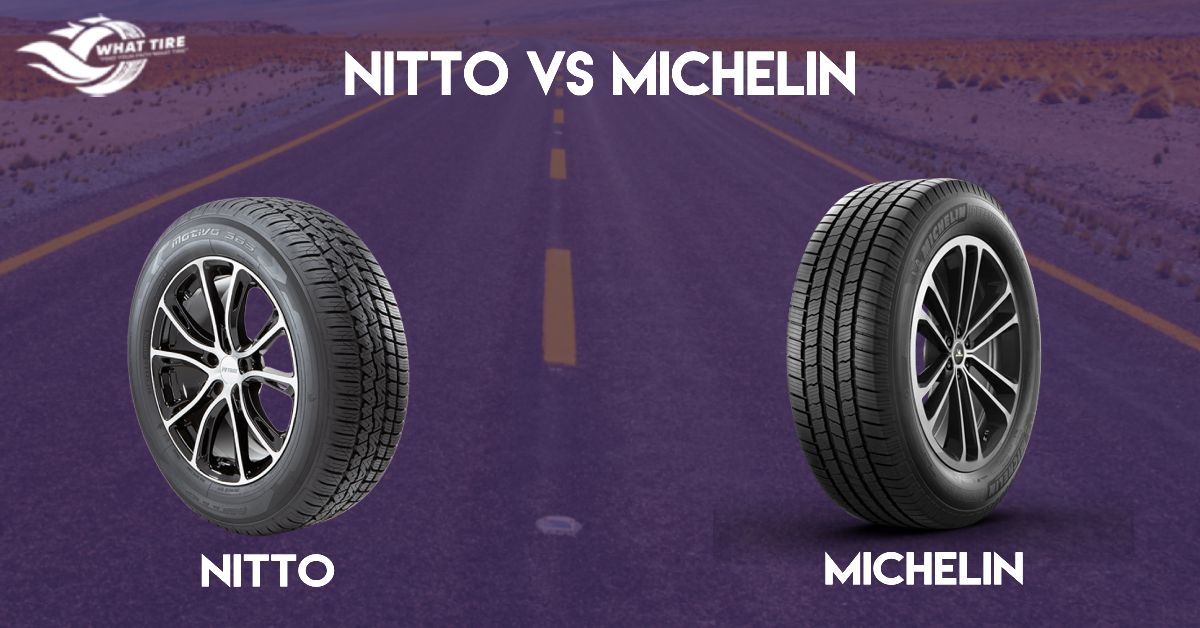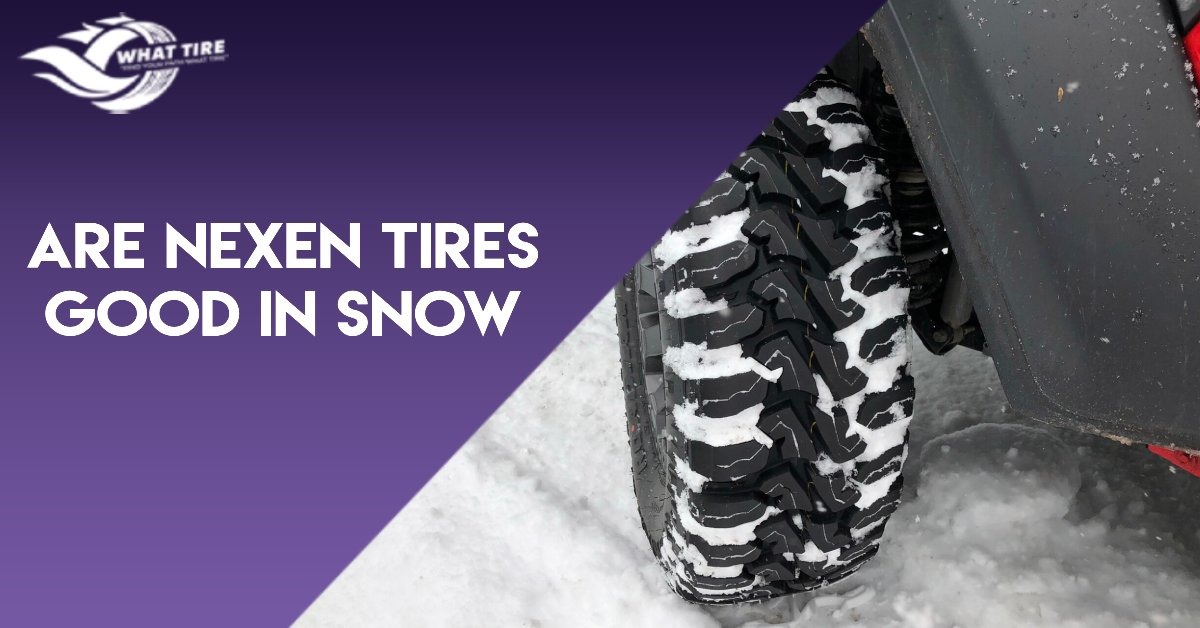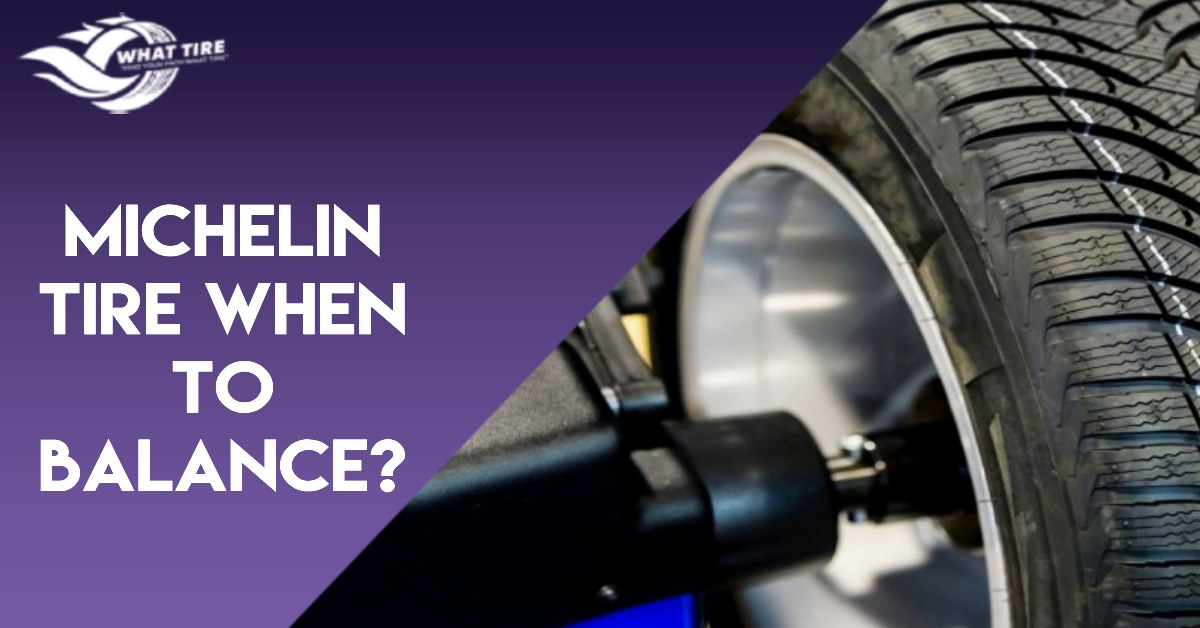Welcome to our journey into the world of Michelin tires and the critical practice of tire maintenance: balancing. When it comes to tire balancing, a lot of questions may be popping up in your mind.
So, we have decided to address one of the key questions in this blog post. That is: When is the right time to balance your Michelin tires?
From understanding the basics of tire balancing to exploring the unique features of Michelin tires that contribute to their balance, we’re here to guide you through this Michelin tire balance schedule. So, let’s dive deep into the details of Michelin tire balance timing guidelines.
Table of Contents
ToggleWhat is Tire Balancing?
Tire balancing is a fundamental aspect of tire maintenance that ensures the even distribution of weight around the tire and wheel assembly. The primary goal is to achieve equilibrium, preventing vibrations and uneven tire wear. Tire imbalances can occur both statically (where weight distribution is unequal across the tire) and dynamically (where there is an uneven distribution of mass as the tire rotates).
Balanced tires contribute significantly to a smoother ride, improved car performance, and better safety. Uneven weight distribution can lead to premature wear on certain parts of the tire, affecting handling and overall driving experience. Regular tire balancing is key to extending the lifespan of your tires and optimizing their performance.
How Does Tire Balancing Work?
The tire balancing process involves identifying and correcting weight imbalances in the tire-wheel assembly. It typically requires specialized equipment, including a tire balancing machine and wheel weights.
The process begins with the tire being mounted on the balancing machine, which then spins the tire to determine the areas where weight distribution is uneven. Once identified, technicians strategically attach small counterweights, known as wheel weights, to offset these imbalances. The goal is to achieve an equilibrium where the combined weight of the tire and wheel is evenly distributed around its axis.
Modern tire balancing machines use advanced technology to pinpoint imbalances accurately, ensuring a precise correction. Properly balanced tires not only enhance driving comfort but also contribute to the longevity of the tire and various vehicle components.
When to Balance Michelin Tires?
Tire balancing is a critical aspect of routine maintenance, and knowing when to balance your Michelin tires can significantly impact your driving experience. Keep an eye out for the following signs that may indicate your Michelin tires need balancing:
1. Vibration at Certain Speeds
If you notice vibrations, especially at certain speeds, it could be a sign of tire imbalance. These vibrations may be felt through the steering wheel or even the entire vehicle, indicating uneven weight distribution.
2. Uneven Tire Wear
Inspect your tires regularly for signs of uneven wear. Imbalanced tires can cause specific areas of the tire to wear out more quickly than others. Pay attention to cupping, scalloping, or irregular tread wear patterns.
3. Steering Wheel Wobble
A wobbling sensation in the steering wheel, particularly when driving at higher speeds, suggests that the tires may be out of balance. This can affect steering precision and overall control.
4. Noisy Ride
Unusual noises, such as thumping or rumbling sounds, can be indicative of imbalanced tires. The noise is often a result of the uneven distribution of weight impacting the tire’s interaction with the road.
5. Handling Issues
Imbalanced tires can lead to compromised vehicle handling. If you experience difficulty maintaining control, especially around turns or curves, it’s essential to consider tire balance as a potential culprit.
6. Visible Tire Damage
Inspect your tires for physical damage, including bulges, cuts, or impacts. Such damage can throw off the balance and should be addressed promptly to prevent further issues.
Impact of Mileage on Tire Balance
The mileage you get on your Michelin tires plays a significant role in their overall balance. As tires endure regular wear and tear from miles traveled, the weight distribution may become uneven. Factors like road conditions, driving habits, and the quality of the roads can influence how quickly tires may lose their balance.
High mileage alone doesn’t necessarily dictate when to balance tires, but it serves as a useful indicator. It’s advisable to include tire balancing in your routine maintenance schedule, especially after reaching milestones like 5,000 to 6,000 miles or at the intervals recommended by Michelin. Regular balancing helps mitigate the effects of wear, ensuring a smoother and safer driving experience while prolonging the lifespan of your Michelin tires.
Tire Balancing Intervals for Michelin Tires
Determining the ideal intervals for tire balancing is crucial for maintaining the performance and longevity of Michelin tires. While specific mileage recommendations may vary based on driving conditions and habits, a general guideline can help you establish a routine. Here’s a breakdown:
1. Initial Balancing
New Tire Installation: When you first install a new set of Michelin tires, it’s advisable to have them balanced. This ensures that any manufacturing irregularities are addressed, providing a solid foundation for even wear.
2. Regular Maintenance Intervals
Every 5,000 to 6,000 Miles: As a proactive measure, consider balancing your Michelin tires every 5,000 to 6,000 miles. This interval helps counteract the gradual weight imbalances that can occur due to normal wear and tear.
3. Milestone-Based Balancing
At Milestone Intervals (e.g., 15,000 Miles): As you accumulate mileage, introduce tire balancing as part of your routine maintenance at significant milestones. This proactive approach can address potential issues before they escalate.
4. Vehicle Handling Changes
If you notice any alterations in your vehicle’s handling, such as increased vibrations, steering issues, or uneven tire wear, it’s advisable to schedule a tire balancing session promptly.
5. Road Condition Impact
If you frequently drive on rough or uneven terrain, consider more frequent tire balancing. Harsh road conditions can expedite weight distribution issues, necessitating earlier maintenance.
6. Michelin’s Recommendations
Consult Manufacturer Guidelines: Refer to Michelin’s specific recommendations for your tire model. Manufacturers often provide guidelines on maintenance intervals based on their tire’s design and intended usage.
Balancing intervals are not strictly one-size-fits-all, and individual driving conditions will influence the frequency. Regular checks and adjustments, as outlined above, contribute to a smoother ride, improved handling, and prolonged tire life. By integrating these intervals into your overall vehicle maintenance routine, you’ll optimize the performance and longevity of your Michelin tires.
Michelin Tire Balance Maintenance Tips
Maintaining the balance of your Michelin tires goes beyond periodic balancing sessions. It involves a holistic approach to tire care and vehicle maintenance. Here are some specific tips to ensure the ongoing balance of your Michelin tires:
1. Regular Tire Rotation
Rotate your Michelin tires regularly, following the manufacturer’s recommendations. This practice promotes even wear across all tires, contributing to sustained balance and extending tire life.
Also, learn How To Rotate Michelin Crossclimate 2 Tires?
2. Proper Inflation Levels
Ensure that your Michelin tires are inflated to the recommended pressure levels. Underinflation or overinflation can lead to uneven wear, affecting balance and handling. Check tire pressure regularly and adjust as needed.
3. Wheel Alignment Checks
Schedule periodic wheel alignment checks, especially after hitting potholes or encountering rough road conditions. Misaligned wheels can disrupt tire balance, leading to handling issues and premature wear.
Learn about how to know if a tire needs alignment.
4. Avoiding Overloading
Be mindful of your vehicle’s load capacity. Overloading can strain your tires and compromise balance. Check the manufacturer’s guidelines for maximum load capacity and adhere to it diligently.
5. Consistent Driving Habits
Maintain consistent driving habits to minimize stress on your Michelin tires. Abrupt acceleration, sudden stops, and aggressive turns can accelerate wear and throw off tire balance.
6. Professional Balancing Services
Invest in professional tire balancing services. While regular maintenance tasks can contribute to balanced tires, professional technicians have the expertise and equipment to perform precise adjustments for optimal balance.
Conclusion
Maintaining the balance of your Michelin tires is a key aspect of responsible vehicle ownership. By adhering to recommended intervals, addressing signs of imbalance promptly, and incorporating proactive maintenance, you not only optimize performance but also ensure a safer and smoother journey on the road. Safe travels with your Michelin tires!
FAQ’s
Balancing Michelin tires every 5,000 to 6,000 miles is recommended, with additional sessions based on handling changes or exposure to rough roads.
While DIY options exist, professional tire balancing ensures precision and is recommended for optimal results.
Signs include vibrations, uneven wear, steering wheel wobble, noise, handling issues, and visible tire damage.
Yes, frequent exposure to rough or uneven terrain may require more frequent balancing to counter accelerated weight distribution issues.
Initial balancing addresses manufacturing irregularities, ensuring an optimal weight distribution foundation for new Michelin tires.







